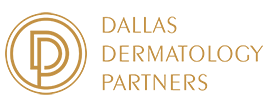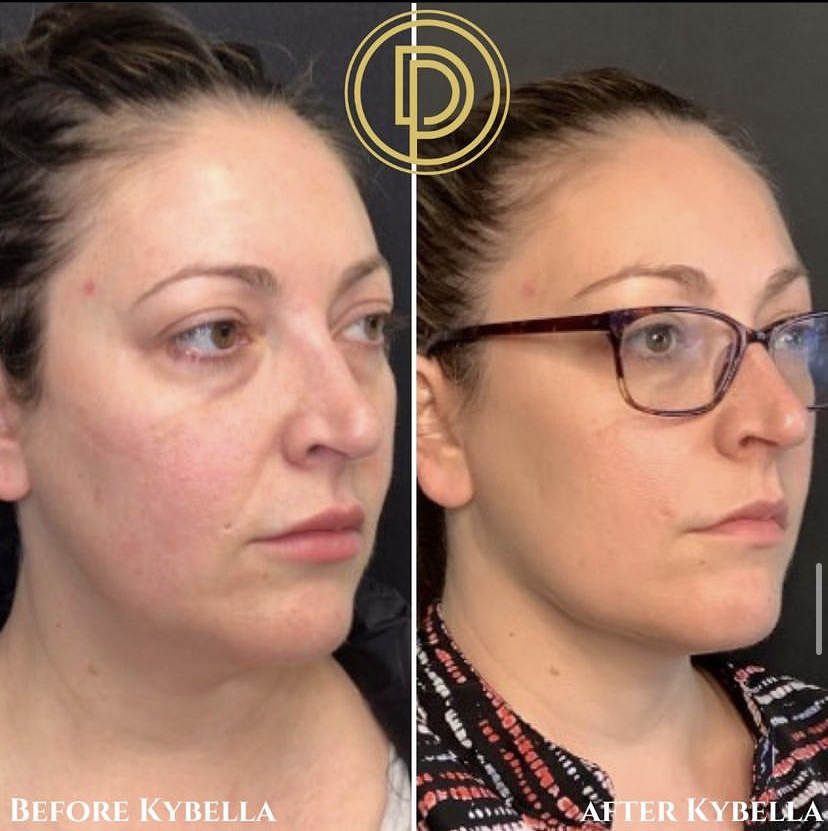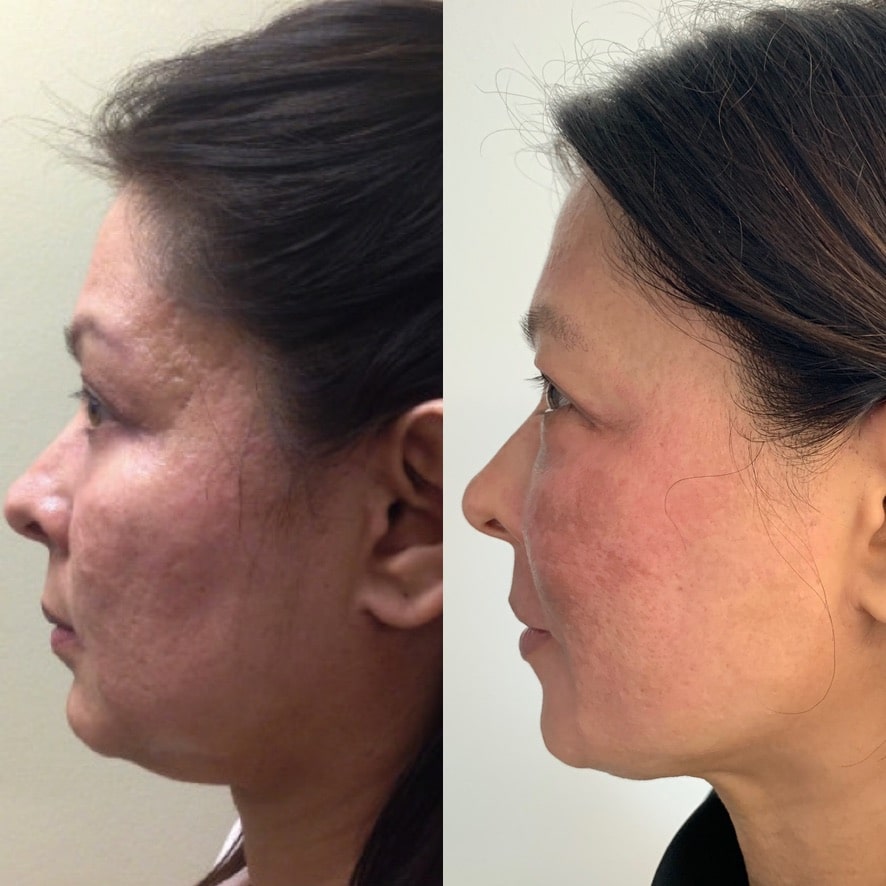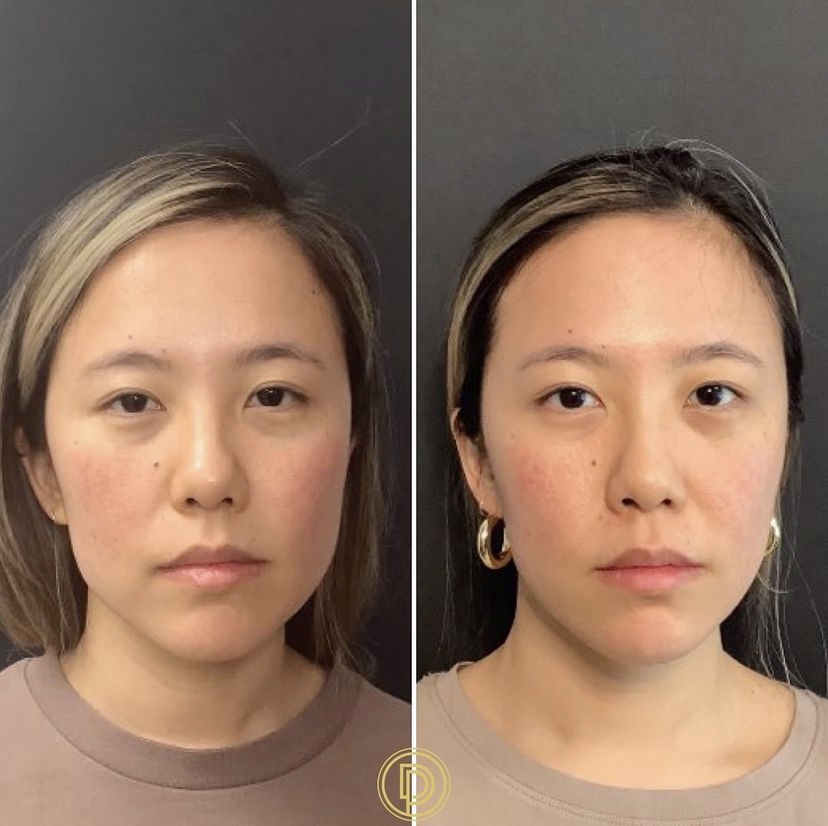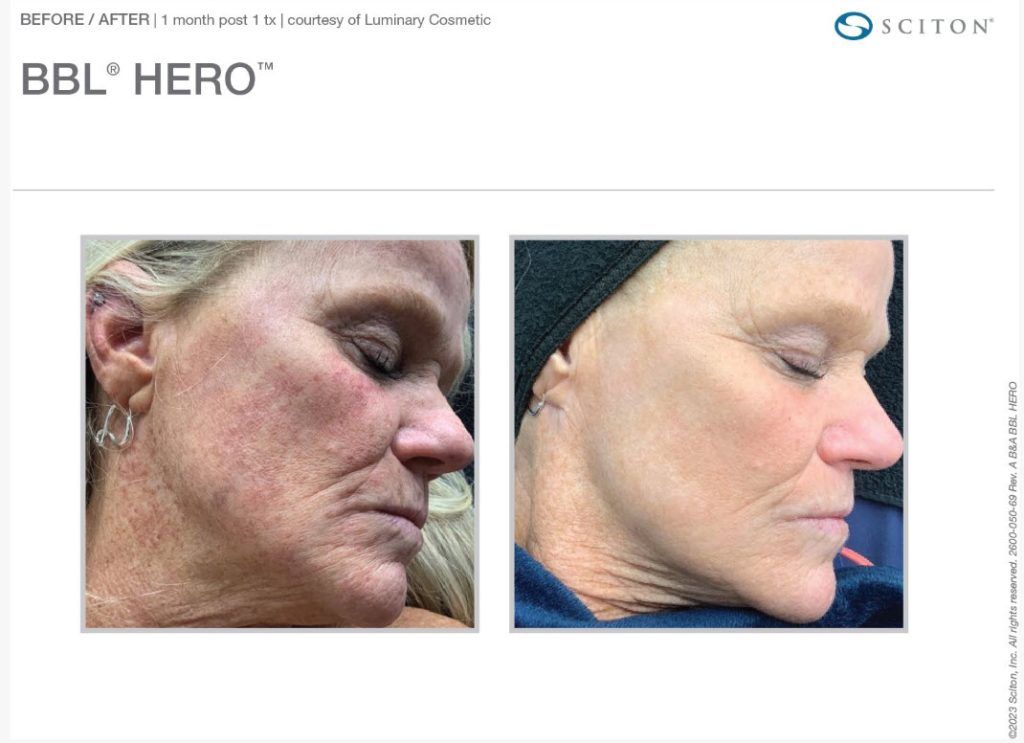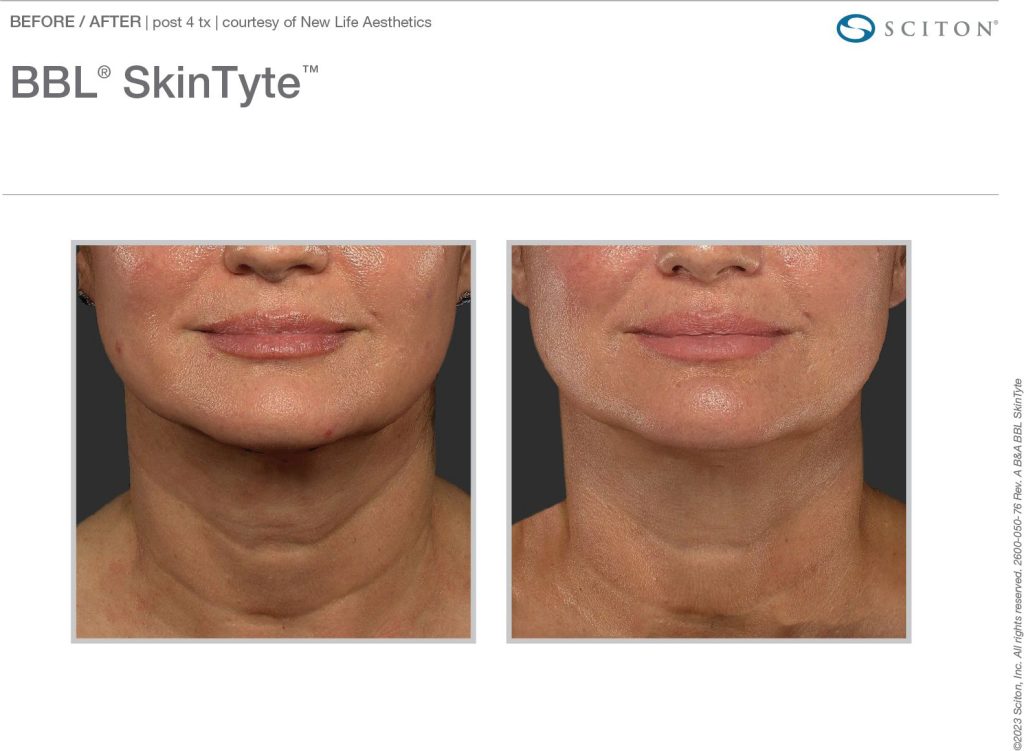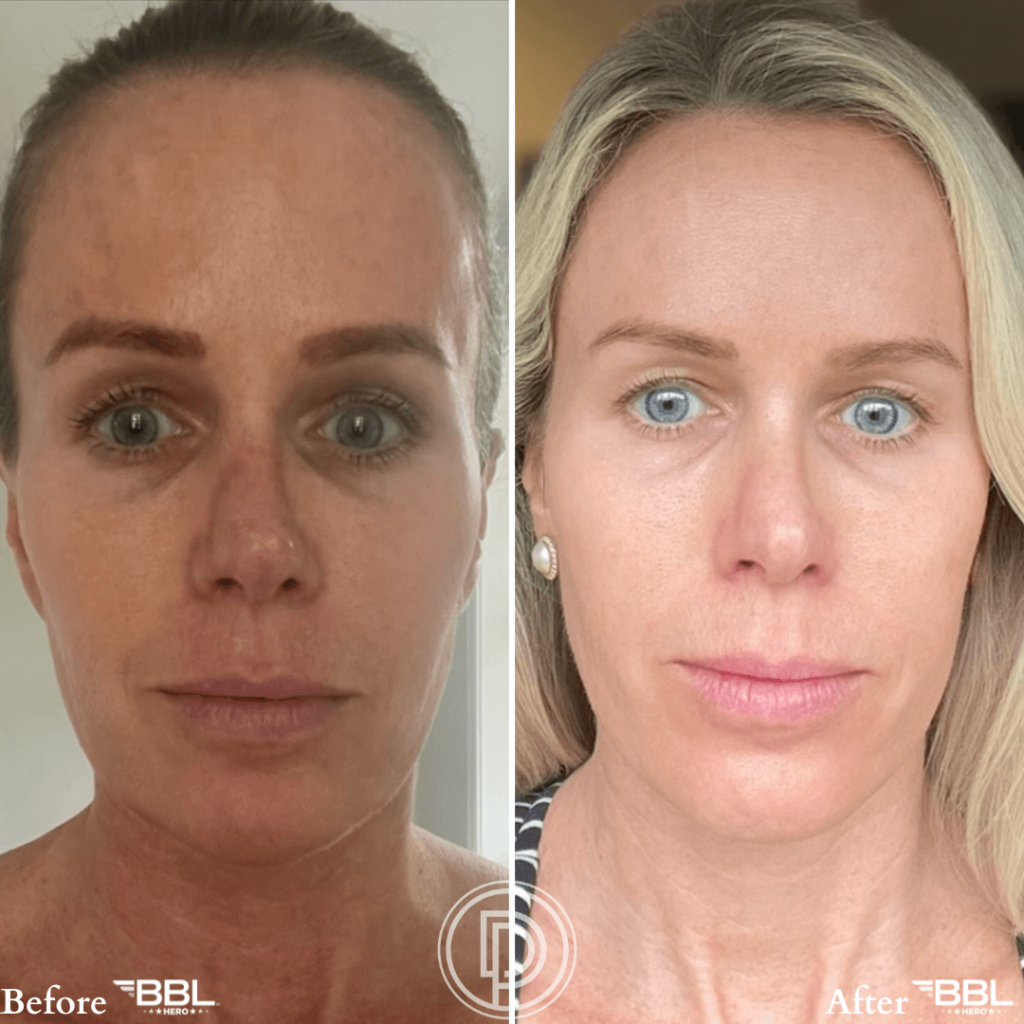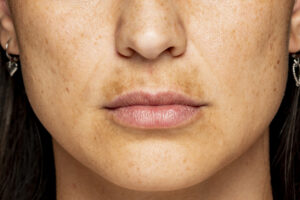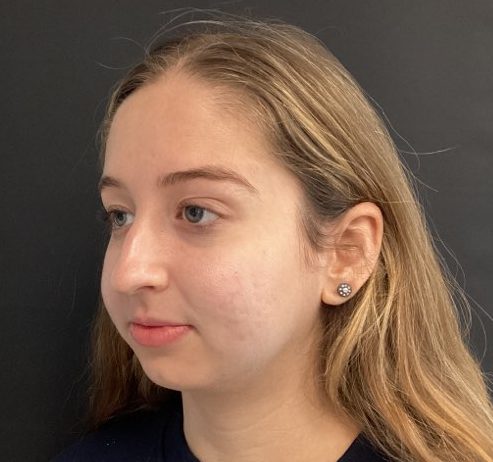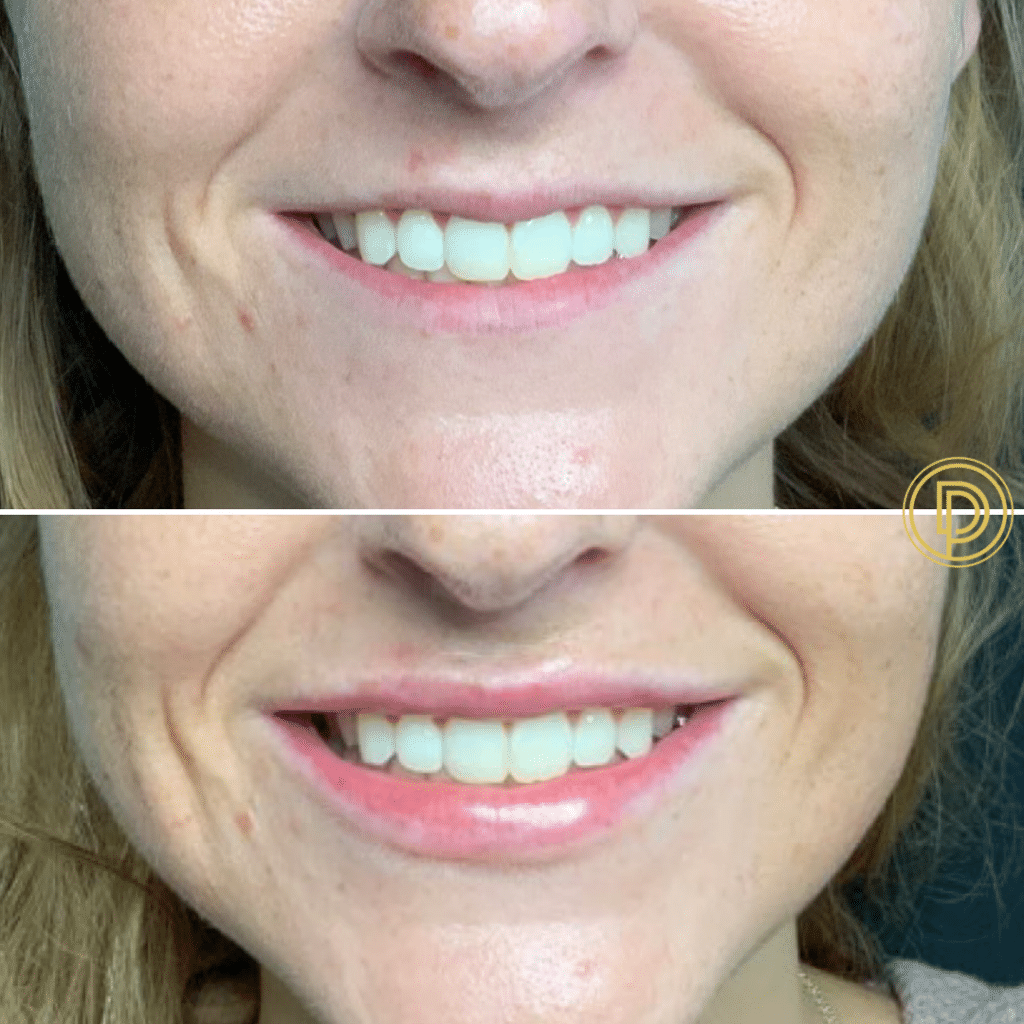How Dermatologists Can Improve Skin Tone and Treat Summer Hyperpigmentation
Summertime means lazy beach days and long afternoons by the pool; however you don’t have to be a dedicated sunbather to experience skin damage from UV rays. Summer hyperpigmentation spots– dark patches that stem from an inflammatory process– can last for quite some time without proper intervention.
Reverse Summer Sun Damage
In most cases, sun spots, patches of discoloration, and freckles aren’t dangerous, but they can wreak havoc on your complexion and skin tone. At-home products can only do so much for these imperfections, which is why it’s important to seek hyperpigmentation treatment from a certified dermatologist.
From potent chemical peels to BBL photofacials, these professional-grade treatments can improve skin tone and reverse post-inflammatory hyperpigmentation that has been caused or exacerbated by sun exposure.
View this post on Instagram
Chemical Peels
When it comes to correcting blotchy and uneven skin tone, chemical peels are an excellent solution, and most entail little to no downtime. They can be applied to the face, neck, décolletage, and hands and are tailored in strength and actives according to skin type and aesthetic goals.
At Dallas Dermatology, we offer glycolic acid peels and VI peels, which combine a blend of powerful anti-aging acids and antioxidants that exfoliate the surface and deeper layers of the epidermis. By removing the dead and damaged skin cells, a more luminous and even-toned complexion emerges.
Glycolic peels are great for treating photo-aged sensitive skin, and stronger VI peels target melasma, sun spots, and areas of stubborn hyperpigmentation.
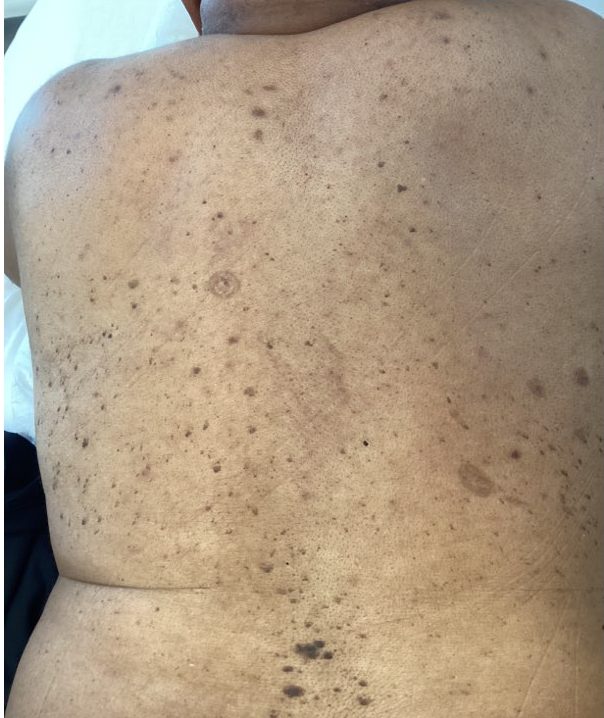
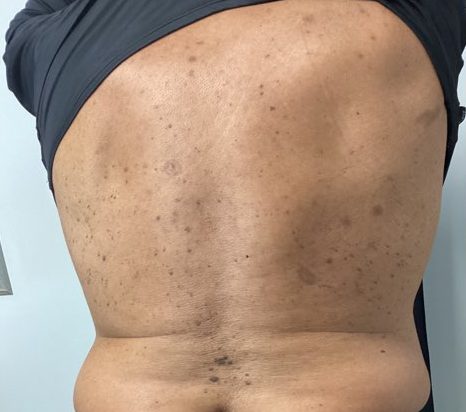
View this post on Instagram
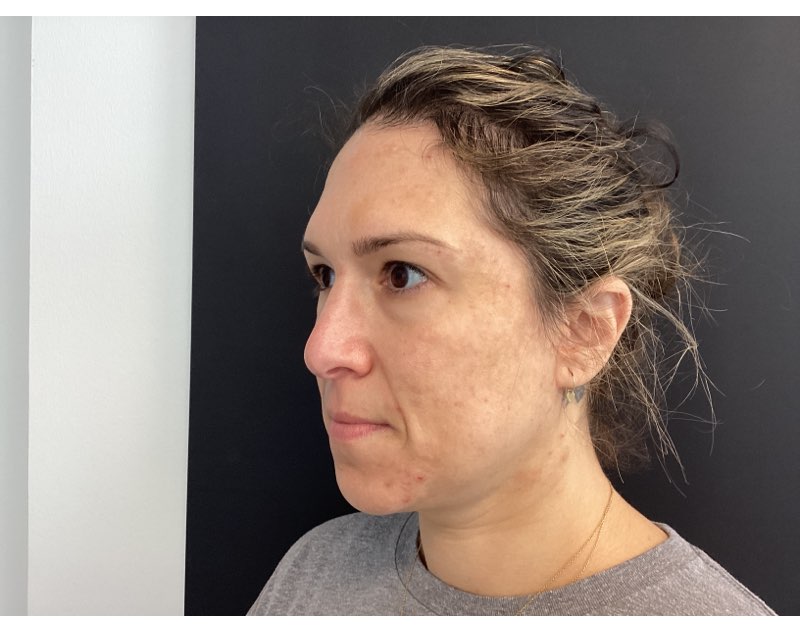
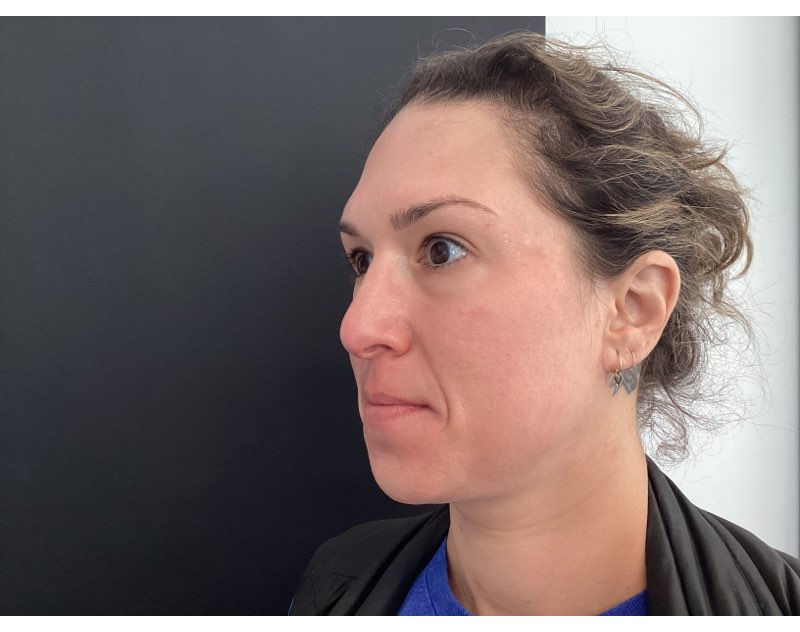
Genius Radiofrequency Microneedling
Radiofrequency (RF) microneedling has been shown to improve skin tone and mild hyperpigmentation in patients of all skin tones. Depending on the extent and depth of the sun damage, patients may see improvements in as little as one treatment, though a series of 3 sessions may produce optimal results. RF microneedling penetrates deeper into the dermis than conventional microneedling, and has the added advantage of tightening loose and sagging skin around the jowls and neckline. Studies have also demonstrated that Genius microneedling can be an effective adjunct to non-ablative lasers for treating mild to moderate melasma – a common pigmentary condition in middle-aged women.
BBL Therapy
An BBL (BroadBand Light) Photofacial is an in-office procedure that improves the appearance of brown spots, freckles, darker discoloration, and other signs of sun-damaged skin. This cutting-edge treatment uses light waves to penetrate the dermis, where pigment cells absorb the energy and are destroyed. Each session lasts about 30 minutes, and optimal results are usually seen after several BBL treatments spaced 4 weeks apart. An added benefit of it is firmer skin since it triggers collagen remodeling.
Laser Resurfacing
Post-inflammatory hyperpigmentation is often joined by fine lines and wrinkles, especially in middle-aged patients with a long history of repeated sun exposure. In some cases, we may recommend a resurfacing treatment with the Icon 1540 non-ablative laser. This procedure is suitable for all skin tones and works by delivering targeted thermal energy to dermal tissue. With laser resurfacing, patients will note significant improvements in skin tone, texture, and clarity after two to three treatments.

View this post on Instagram
After any hyperpigmentation treatment, a quality skincare regimen and daily protection with a broad-spectrum sunscreen (SPF 35+ or higher) are critical to maintaining results.
Dallas Hyperpigmentation Treatment Dermatologist
Hyperpigmentation manifests in different ways, and no two patients are the same. For this reason, our dermatologists develop personalized treatment plans that consider your age, skin type, concerns, and expectations.
For customized hyperpigmentation face treatment that improves skin tone, texture, and radiance, book your Dallas dermatology appointment with Dallas Dermatology Partners. Our practice is centrally located to residents throughout Frisco, Plano, Addison, and the Dallas Fort Worth Metroplex.
How Dermatologists Can Improve Skin Tone and Treat Summer Hyperpigmentation Read More »
